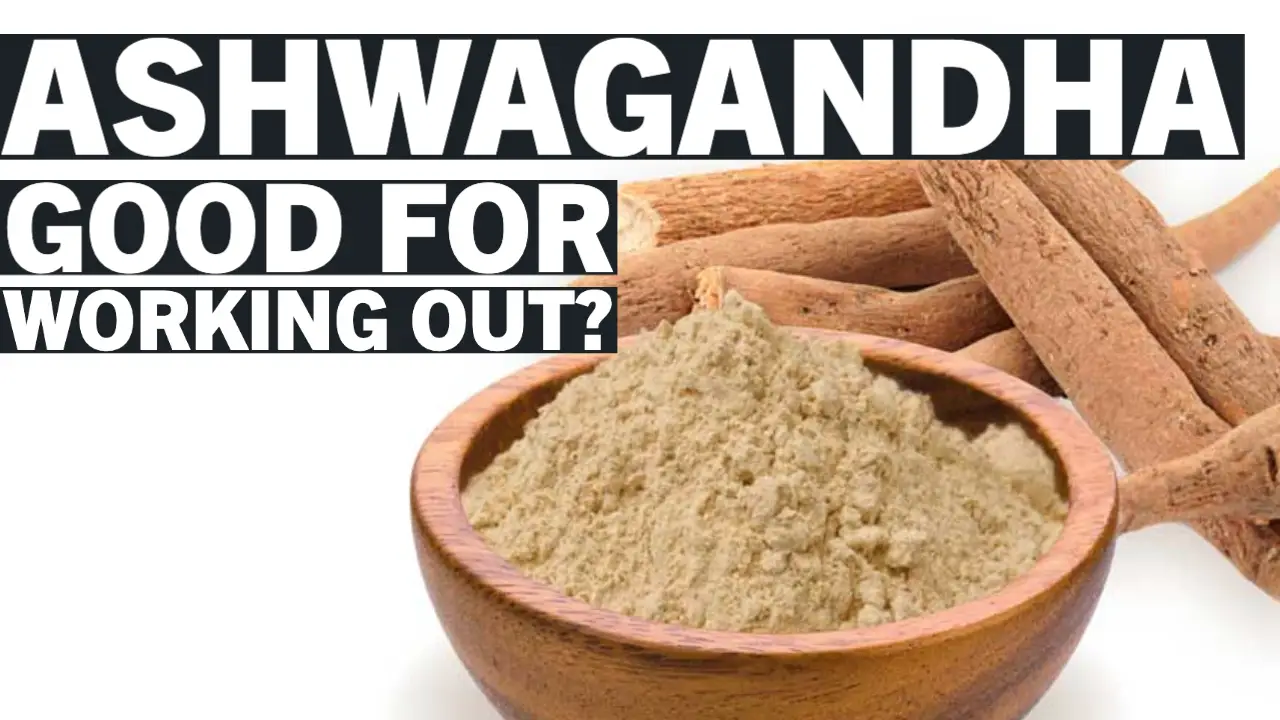Beginners Guide To Barefoot Running

ListedFit is reader-supported. When you buy through links on our site, we may earn a small commission.

The biggest, most revolutionary change in the world of training shoes in recent years came with the declaration and belief that such an item should be entirely obsolete. Whereas the conventional wisdom in the world of running was, until this point, that the human foot could benefit from additional support and cushioning when partaking in high impact exercises, the new theories went that the exact opposite was true.
Now that the trend has been in full swing for a couple of years, what can we learn from these beliefs? Are barefoot running enthusiasts correct in their assertion that their new method is more beneficial to the runner’s feet?
Making The Transition To Barefoot Running
Barefoot Running
The logic behind barefoot running, and indeed the reason that the trend began, stemmed from the belief that Western styles of running caused injuries to the runners’ feet due to the way their feet had been conditioned to hit the ground as they ran – this was in part attributable to cushioning of popular sport shoe designs and in contrast to Kenyan runners who often partake in their running with no additional support at all but manage to remain injury free.
Running Shoes
Whilst trying to emulate the achievements of barefoot runners, the industry has embraced the minimalist shoe trend and it has now reached the point where 15 per cent of all running shoes sold are now in the minimalist style – the consequences of which are now being seen. As many fitness enthusiasts have begun to embrace the new minimal shoe trend, an increase in injuries has begun to crop up as runners’ bodies are failing to make the switch between footwear style.
Injury Risks
Due to the different styles in running which are needed between barefoot style and traditional style, those who have been over eager to suddenly down tools and adopt the former technique have found themselves at a sustained and increased risk of injury including potential stretch fractures according to findings in the journal Medicine & Science in Sports & Exercise. Keen to jump on board the fad, many individuals have transitioned to new techniques with little care and ended up injuring, rather than giving benefit, to their body.
The injuries mainly occur due to the impact inflicted on the runner’s bones – the normal healing process of the body occurs through a remodelling process where the body will attempt to fix areas that have been impacted on. However, barefoot running can cause injury due to inflicting too much stress, too quickly to areas of the body which have no experience of being impacted upon.
How To Transition
The key then, for those who are serious about pursuing barefoot running is to not do so at first. Transitioning slowly, from standard running styles, to barefoot running is essential and, as noted above, forsaking patience can cause real damages. For barefoot running novices, and for those attempting the technique for the first time, the ideal approach would be to run a small distance and do so delicately just like those taking up running for the first time would. From here it’s possible, after rest in between sessions, to build up distances as the foot builds up resistance to the impact barefoot running causes.
Author
Latest entries
 FitnessAugust 19, 2023Yohimbe vs Yohimbine: A Quick Comparison Guide
FitnessAugust 19, 2023Yohimbe vs Yohimbine: A Quick Comparison Guide AshwagandhaJune 16, 2023Is Ashwagandha Good for Working Out? Key Benefits Explored
AshwagandhaJune 16, 2023Is Ashwagandha Good for Working Out? Key Benefits Explored Sports HeadphonesMay 25, 2023Why Your EarBuds Keep Falling Out – Quick and Easy Solutions
Sports HeadphonesMay 25, 2023Why Your EarBuds Keep Falling Out – Quick and Easy Solutions Nike ShoesMay 12, 2023Do Nikes Run Big or Small? Decoding the Perfect Fit
Nike ShoesMay 12, 2023Do Nikes Run Big or Small? Decoding the Perfect Fit
Affiliates:
This post may contain affiliate links that at no additional cost to you, the site may earn a small commission. We only recommend products we would use ourselves and all opinions expressed on this site are our own.
General Advice:
The information provided in this article is for general informational purposes only. It is not intended as a substitute for professional advice. Always consult with a qualified healthcare professional before starting any new diet, exercise program, or making changes to your health routine.
Accuracy Advice:
While we strive to provide up-to-date and accurate information, the content in this article may not reflect the most current research or medical guidelines. We encourage readers to do further research and consult with professionals for more personalized advice.
Our Recommendations:
The products and services mentioned in any of our articles are recommended based on our independent research and personal experience. We are not sponsored by any company. We aim to suggest products and services we believe are of high quality and could be beneficial to our readers.






